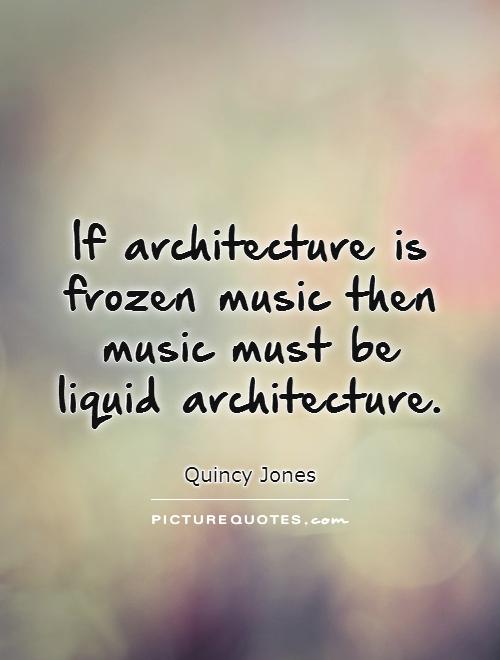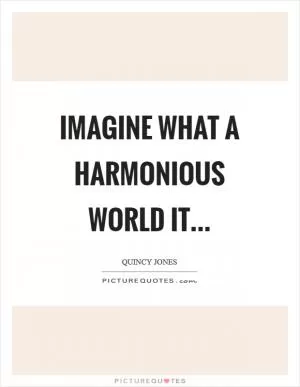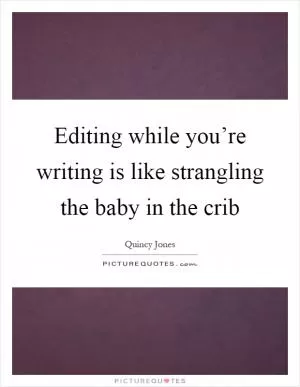If architecture is frozen music then music must be liquid architecture

If architecture is frozen music then music must be liquid architecture
Quincy Jones, the legendary music producer and composer, once famously said, “If architecture is frozen music then music must be liquid architecture.” This profound statement encapsulates the interconnectedness of two seemingly disparate art forms – architecture and music. Jones’ words suggest that there is a fluidity and dynamism in music that mirrors the structural and aesthetic qualities of architecture.Architecture is often described as frozen music because both art forms share common elements such as rhythm, harmony, proportion, and balance. Just as a well-designed building can evoke a sense of harmony and beauty, a well-composed piece of music can create a similar emotional response in the listener. Both architecture and music have the power to move us, to inspire us, and to transport us to another place and time.
On the other hand, music being referred to as liquid architecture implies a sense of fluidity, flexibility, and adaptability. While architecture is static and fixed in its physical form, music is constantly evolving and changing. It can flow and shift, taking on different shapes and forms as it moves through time and space. Like a river that meanders through a landscape, music can meander through different melodies, rhythms, and harmonies, creating a sense of movement and progression.
Furthermore, the comparison between music and architecture highlights the importance of structure and organization in both art forms. Just as a building must have a solid foundation and a well-thought-out design, a piece of music must have a clear structure and form. Without these essential elements, both architecture and music would lack coherence and meaning.












 Friendship Quotes
Friendship Quotes Love Quotes
Love Quotes Life Quotes
Life Quotes Funny Quotes
Funny Quotes Motivational Quotes
Motivational Quotes Inspirational Quotes
Inspirational Quotes